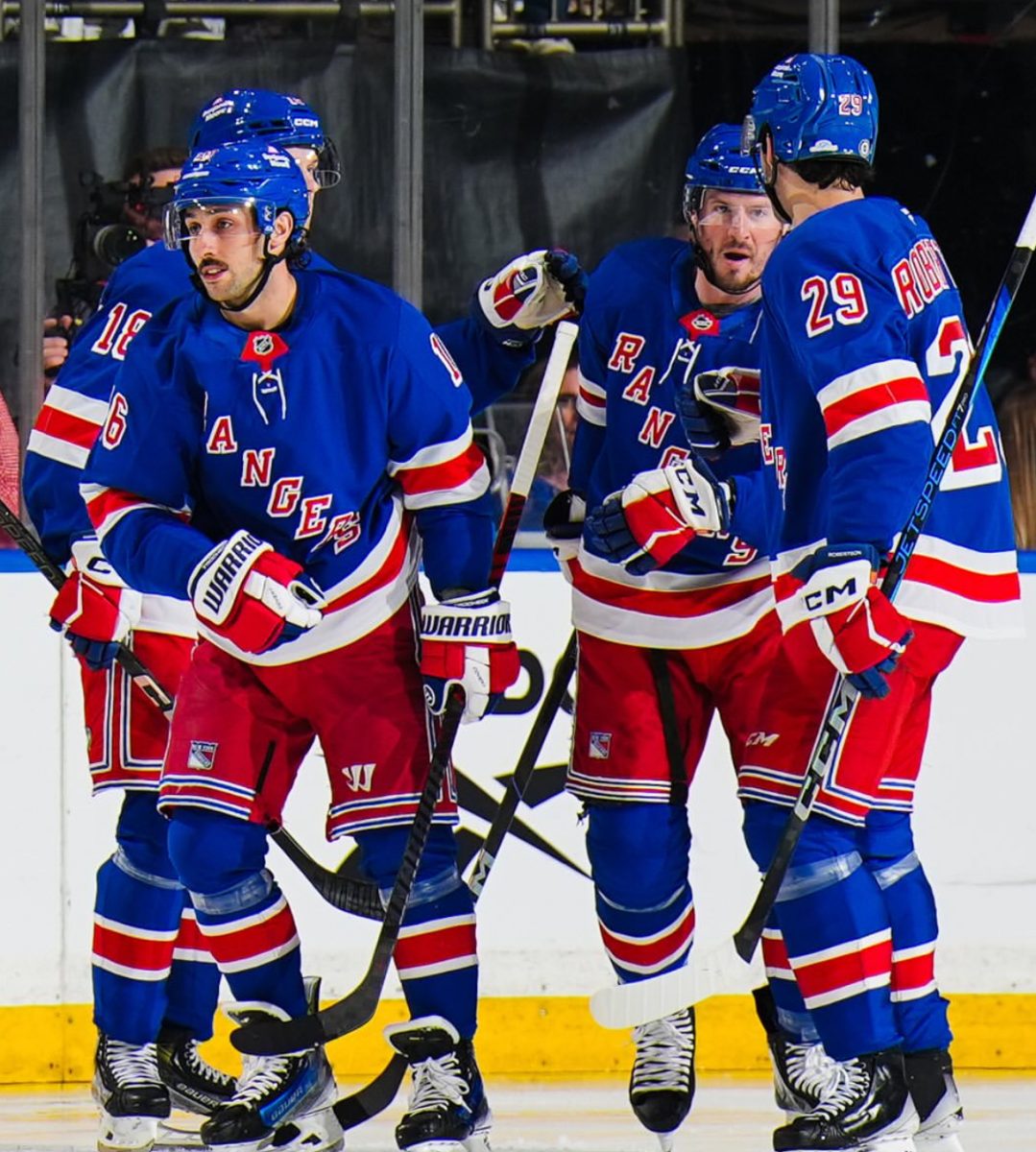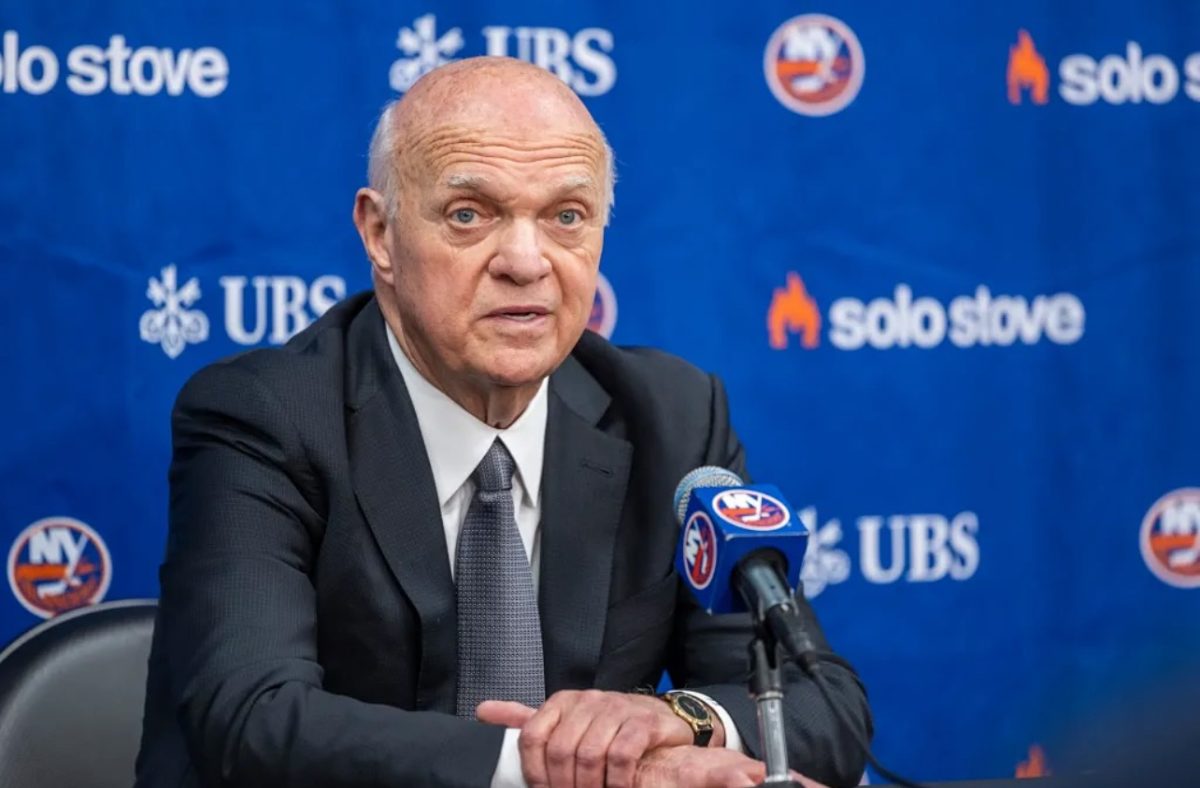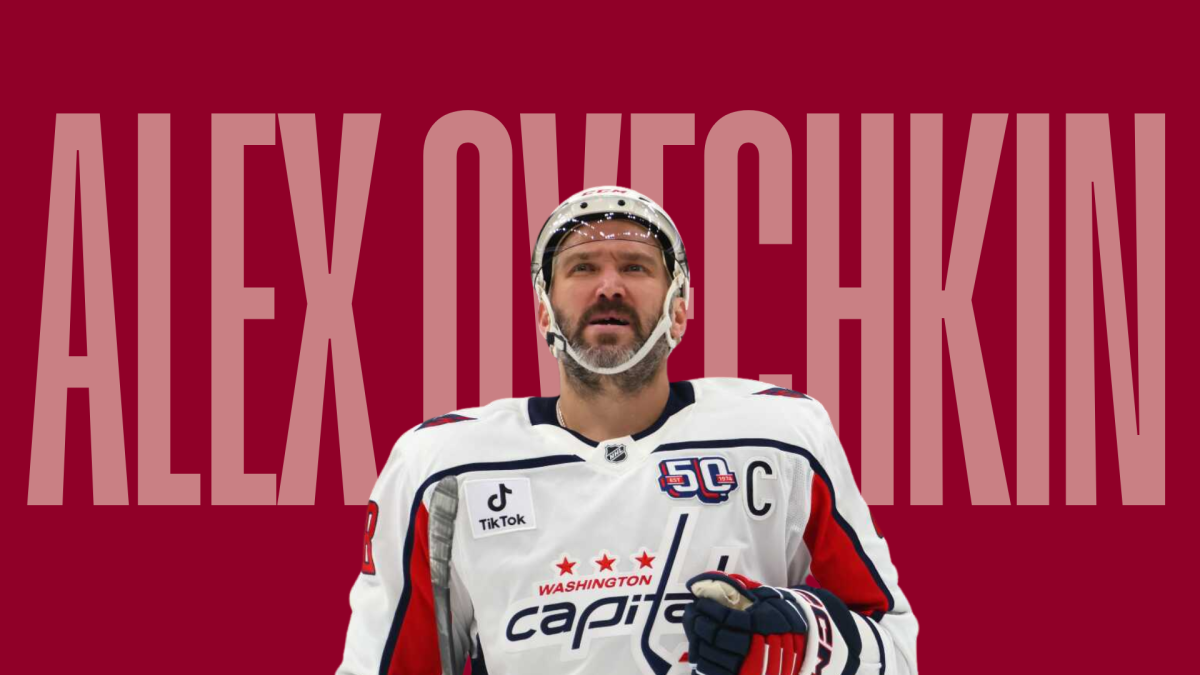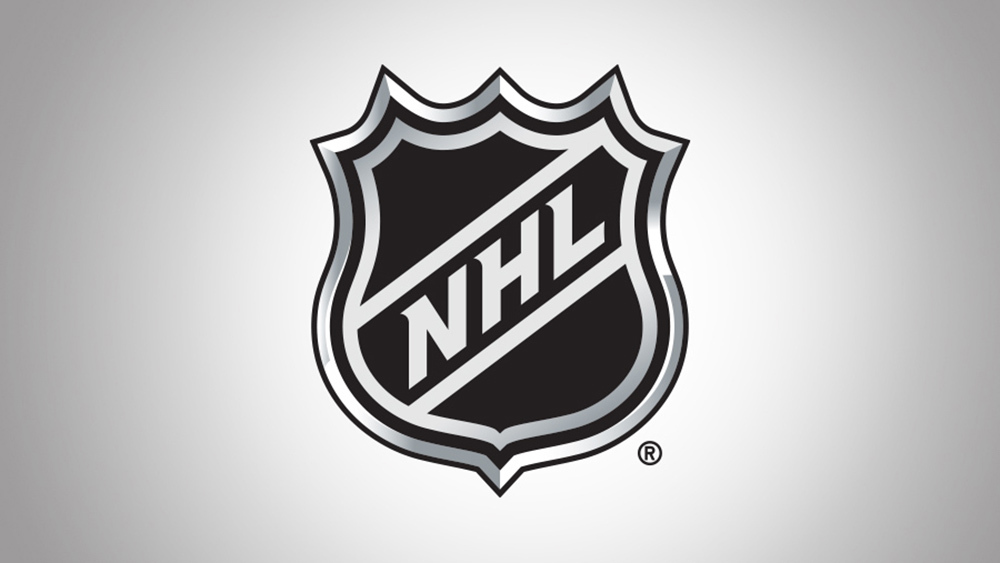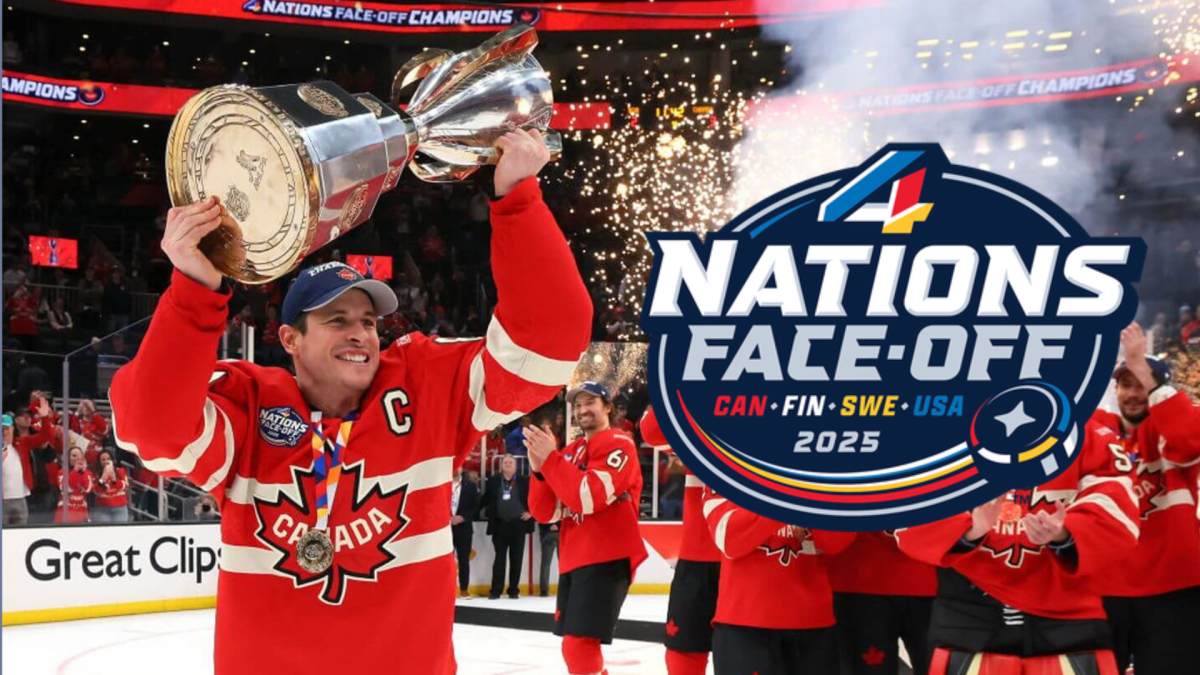By Peter Valentino

I lived in Fayetteville, North Carolina, from 2003 to 2008. While I was there, the Carolina Hurricanes won their first Stanley Cup. The team played in Raleigh, which was about an hour’s drive north, but I really did not care too much for hockey at the time. Being from New York, I was left a bit distant from the sport as the Rangers had been terrible from 1998 to 2004, then the strike year in 2005. In an effort to rekindle some feelings for the Rangers, my dad tried to get tickets when the Rangers came to Raleigh in 2007 and 2008. Tickets were usually $75 in the upper deck during their post-Cup years, along with Rangers fans traveling really well, so my dad scrapped the plan.
The Hurricanes missed the playoffs in both 2007 and 2008, yet neglected to change their prices. While the product on the ice was expected to be great, the fans still were not going to show up, as seen by their declining attendance numbers for the past decade. As far as southern hockey teams go, Carolina is run pretty poorly. They have a team that is on the fringe of making the playoffs, but have generally not made it over the hump yet. A third of the NHL is played in what can be considered “southern states,” including California. While some, like the Hurricanes, Tampa Bay Lightning and Dallas Stars, have found success through winning a cup or getting consistent attendance, many of them have gone through some form of a low point in their franchises history. The Arizona Coyotes and the Florida Panthers are probably going to move sometime next decade. Two of the largest American television markets, Atlanta and Houston, cannot hold major or even minor league hockey. Even the Nashville Predators were going to move somewhere in 2007. With almost every southern NHL team having financial woes, how do they succeed?
The first and most foolproof way to have a successful southern hockey franchise is obviously by putting a winner on the ice that can consistently make it back to the playoffs. The San Jose Sharks choke almost every year in the playoffs, but at least they make it, filling up seats in the postseason. Tampa Bay has generally done the same thing. While they went through their woes early on, from their inception in 1993 to the turn of the century, Tampa Bay slowly built itself up as a contender, and eventually won the Stanley Cup in 2004. With star players such as Vincent LeCavalier and Martin St. Louis, the Lightning created a hockey culture that resonated with old and young hockey fans in the area.
That’s the second thing a southern hockey can do to retain fans. In 2017, the Predators captured the heart of the hockey world with their run to the Stanley Cup. They threw catfish on the ice, listened to country music and just had fun. Since they were the eight-seed in the West, what did they have to lose? This was a team that, a decade earlier, was rumored to be moving to Hamilton, Ontario or Kansas City. Predators games just look fun to go to, and that’s what brings fans in, with having a fun and winning hockey culture. The third thing – and this is key to all hockey teams – is to have a downtown arena in the middle of the city. If you look at Arizona and Florida, their arenas are in Glendale and Sunrise, both suburbs of Phoenix and Miami, respectively. You can also see this with northern teams like Ottawa and the Islanders, who have arenas away from their fan bases. If the arena is in the middle of the city near transportation, more people can get to the arena fill seats.
Southern hockey teams are a blessing and a curse to the NHL, but Gary Bettman clearly isn’t afraid of them, as seen in their newest franchise in Las Vegas. The Knights already have a winning and fun culture, as well as a downtown arena. For fans of the NHL, we have had the chance to watch the Sharks and the Predators make runs at the Stanley Cup and to watch their fan base go nuts. From an NHL culture standpoint, what could be better than that?






































































































































































































